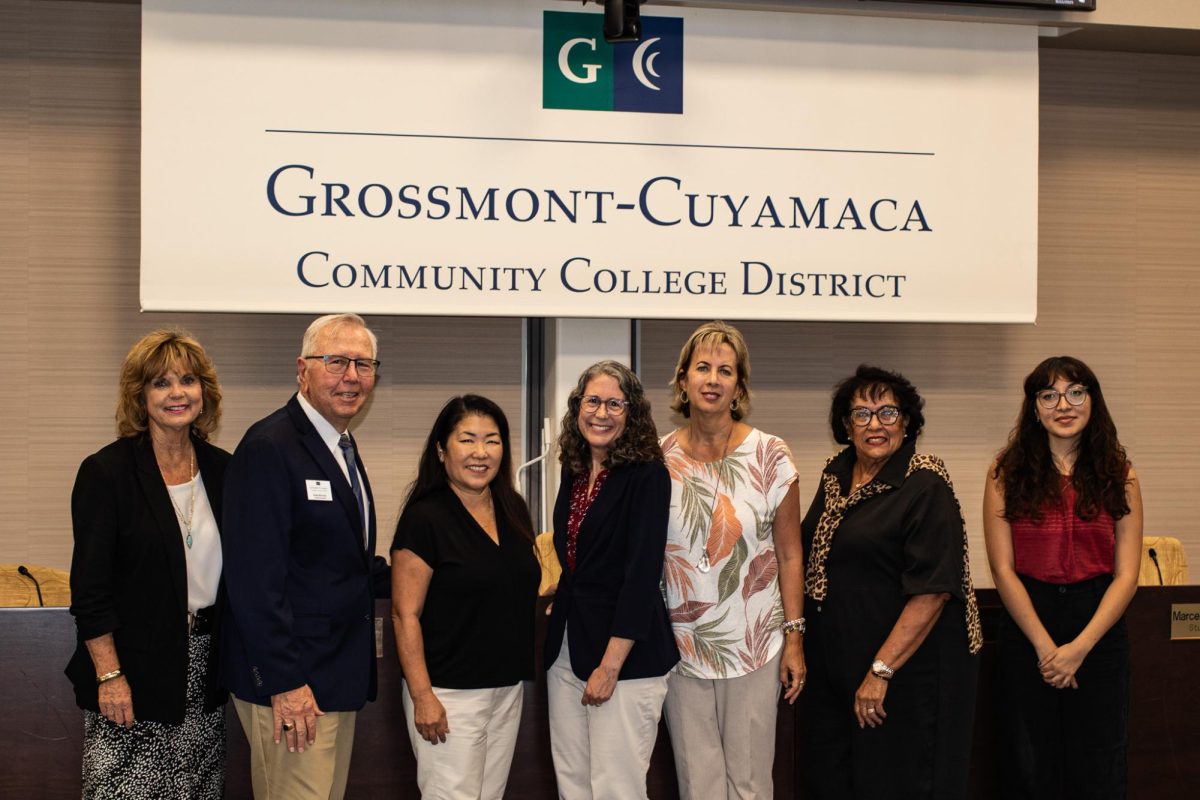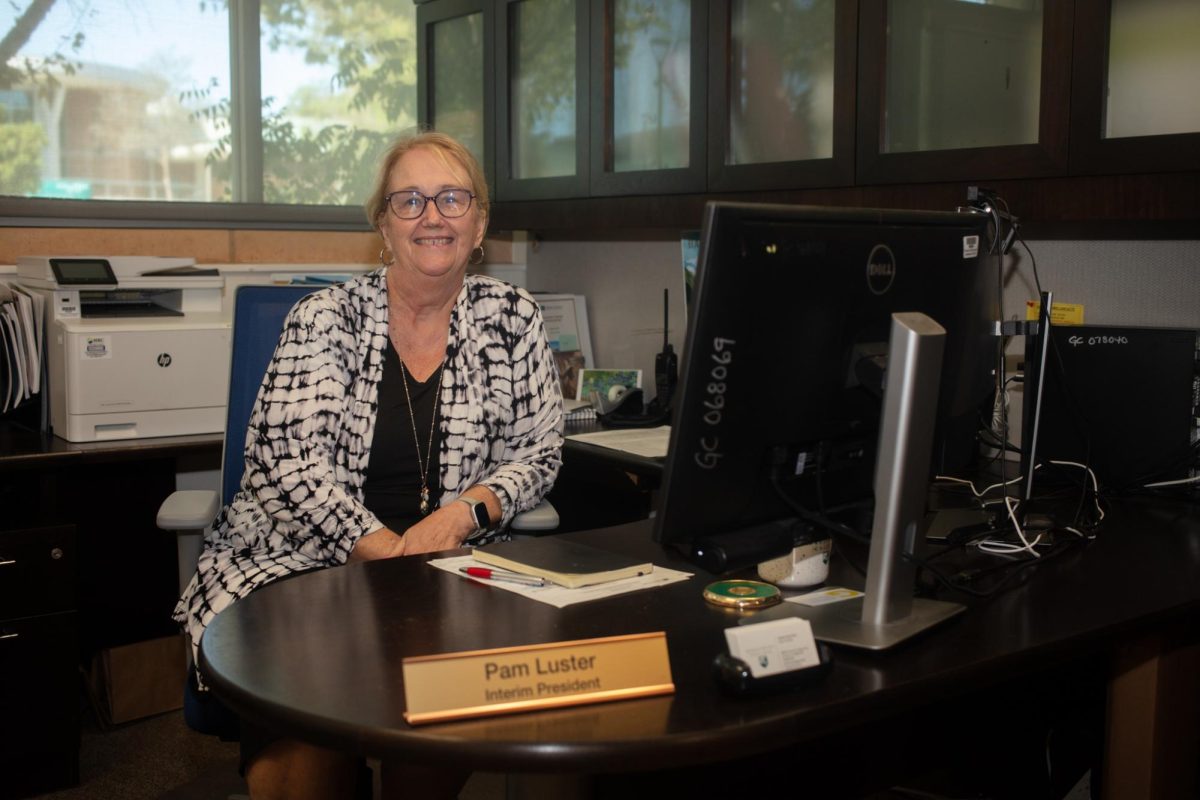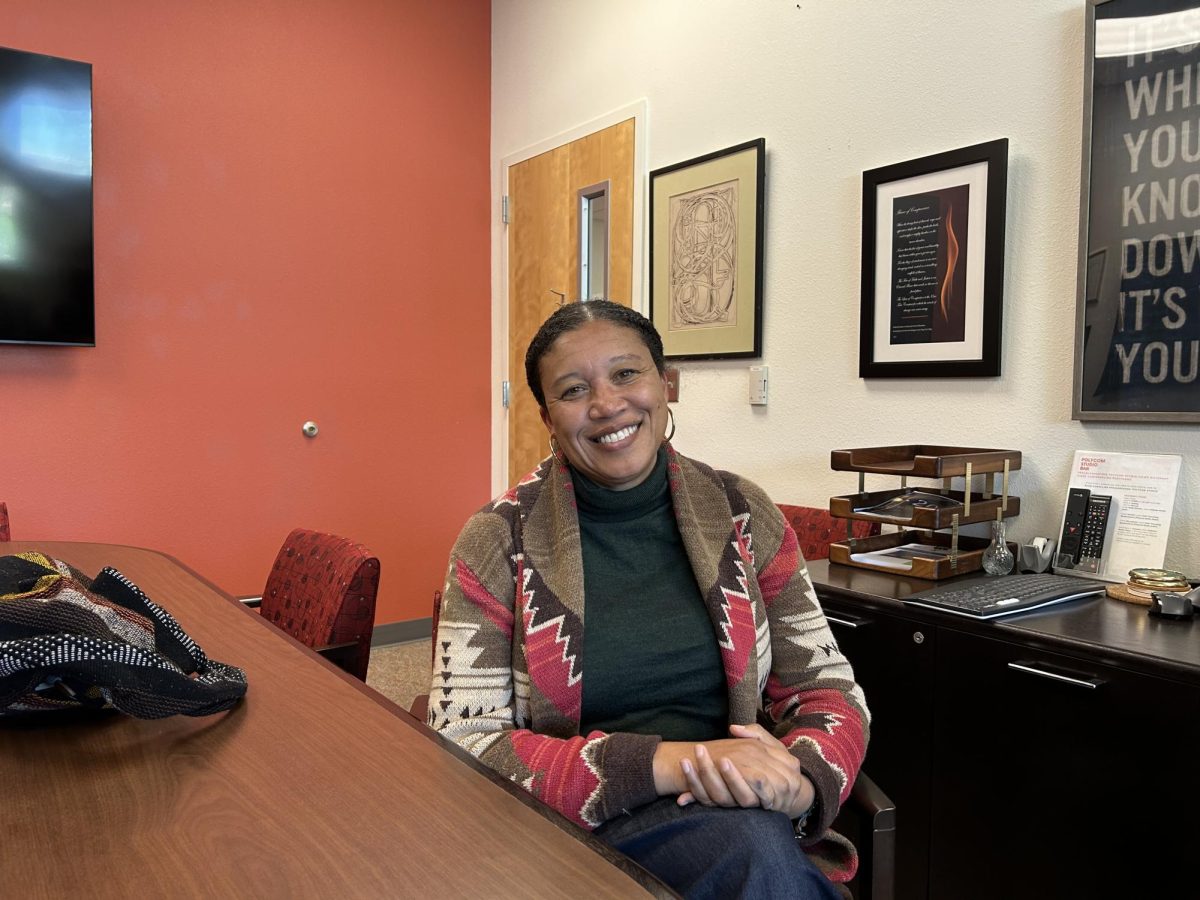CUYAMACA COLLEGE – A group of 36 educators from the Netherlands who traveled 5,600 miles to Cuyamaca College this week to hear about innovations in education agreed that technology is changing the way people around the world are being taught.
“The future school will be a partly virtual school, open 24/7 year round, and accessible from all over the world,” Dutch educator Rein Rijlsma said after hearing presentations that ranged from e-learning techniques to electronic data systems that track students’ performance from kindergarten through college.
The group from an education consortium in the Netherlands, which is attending a conference in Anaheim, wanted to visit the Grossmont-Cuyamaca Community College District because of the innovative programs offered there. In particular, the educators wanted to hear about CalPASS, a statewide program based at the East County college district that uses education data to improve teaching practices and increase student success.
Cindy Miles, chancellor of the Grossmont-Cuyamaca Community College District, welcomed the members of the Consortium voor Innovatie. She said she hoped the visit would bring a greater understanding of the education systems in California and the Netherlands.
“We’re bridging all kinds of boundaries,” Miles said.
Brad Phillips, executive director of CalPASS, explained how the data program with 388 million records allows educators to track the performance of students as they progress through the school system. The information allows teachers to tailor their lessons so students are better prepared for the next level in their education, Phillips said.
Blaine Morrow, director of CCC Confer and 3C Media Solutions based at Palomar College, gave a demonstration of online learning that enables teachers to give their lessons over a computer. Students can interact with their teachers during the lessons, asking questions or even helping other students. The lessons are then archived so students can review them later.
Cloud computing, a web-based technology, provides meaningful learning opportunities to education institutions across the world, said Greg Ottinger, technology integration architect with the San Diego County Office of Education. It provides a single point of entry for all educational resources, and offers constant access to those resources for staff and students, he said.
In addition to the presentations and tours of the Science and Technology Center and the Business and Technology Building, the Dutch educators also built connections and compared notes with the American counterparts. They traded gifts with college officials and compared educational practices in the Netherlands.
*
Preceding provided by the Grossmont-Cuyamaca Community College District







